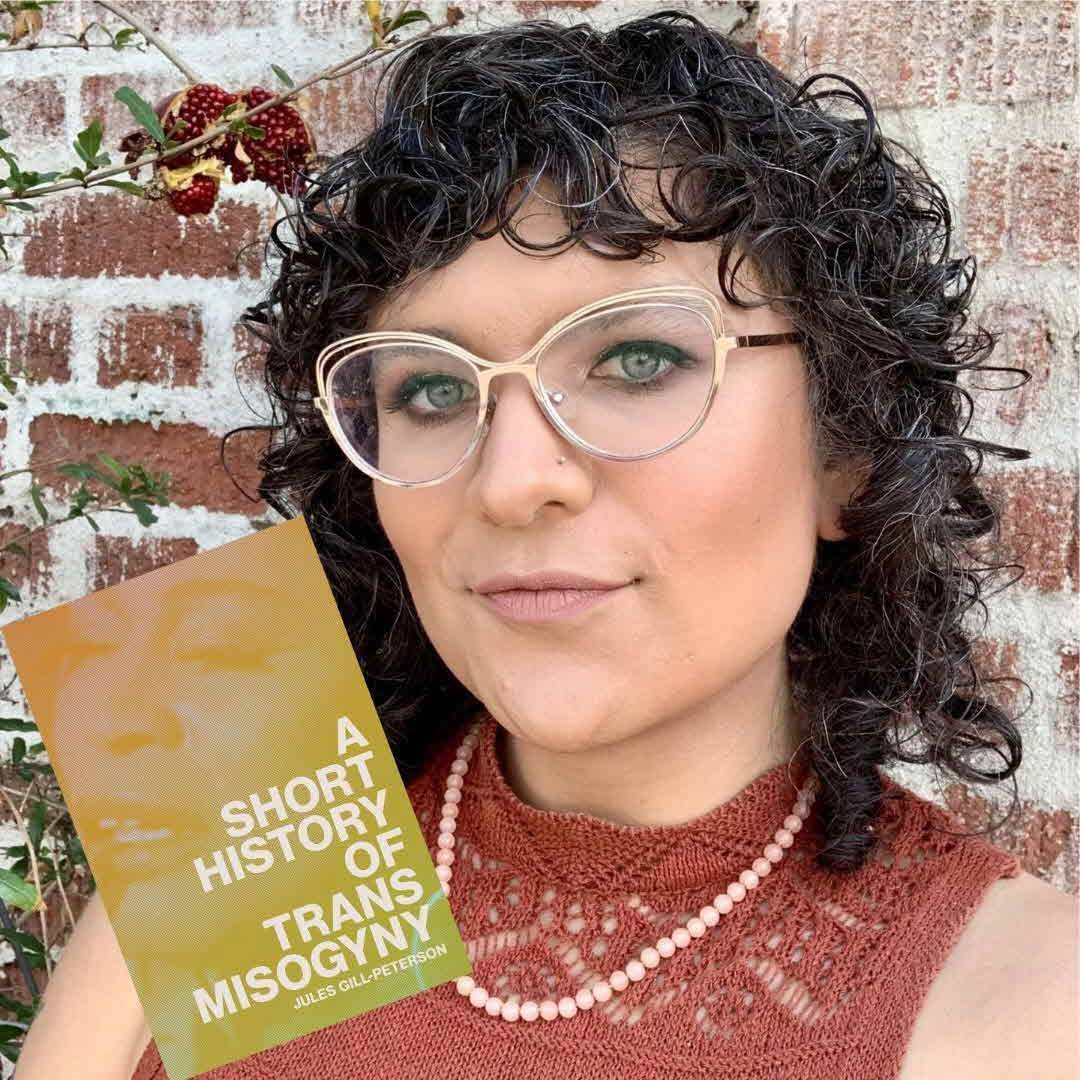
An incredibly informative read: I learned a lot & will be processing this for a while.
Chapter one focuses on the colonialist underpinnings of "trans panic" narratives arising in British India as a means of oppressive imperialist control.
Chapter two moves to Antebellum USA and the weaponisation of trans misogyny for the imposition of white supremacist culture on Native American and enslaved African peoples as a means of control and erasure. ⬇️⅓






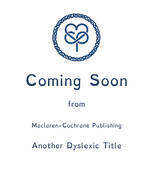
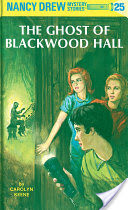
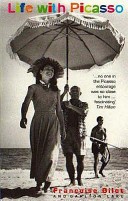
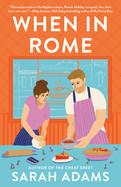


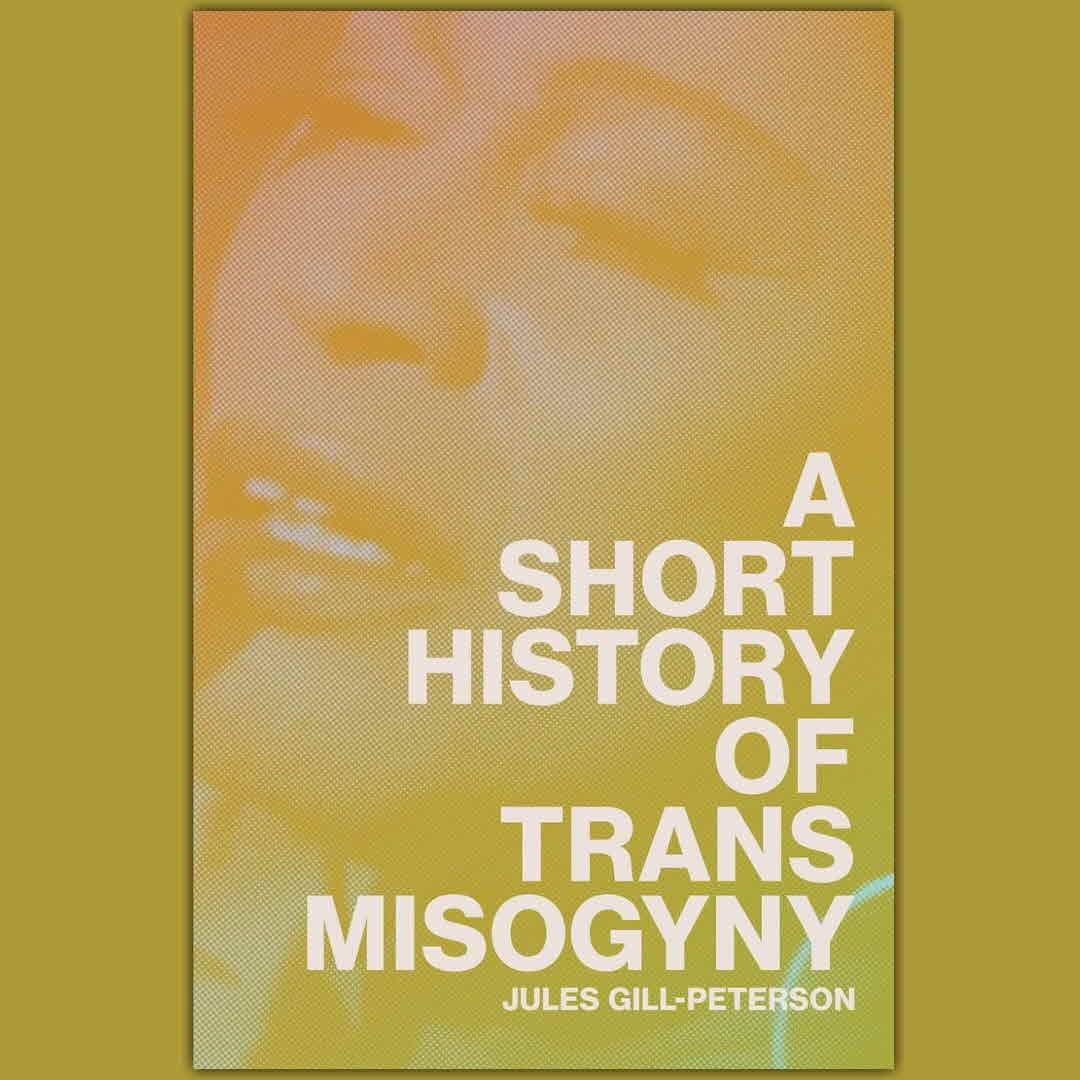



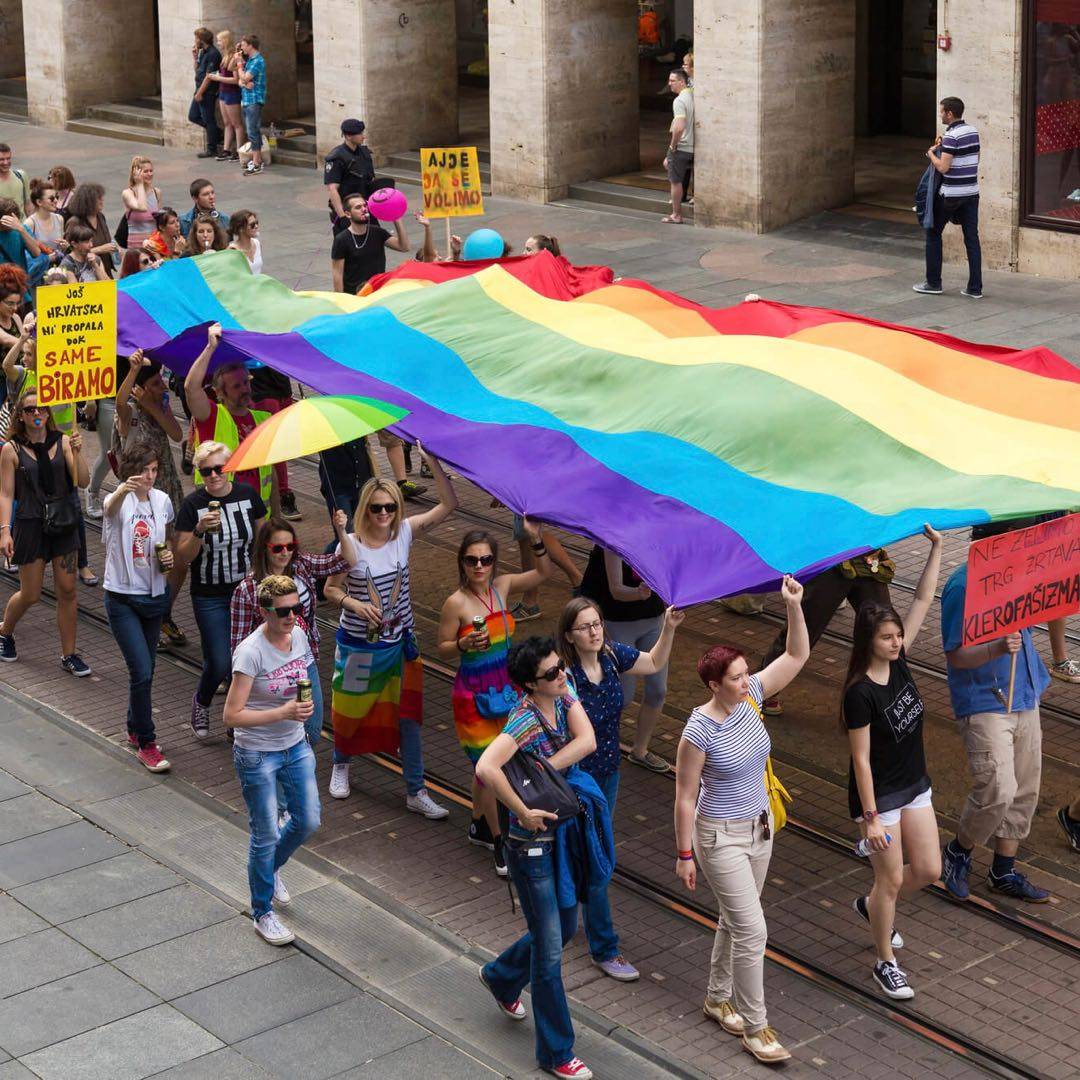

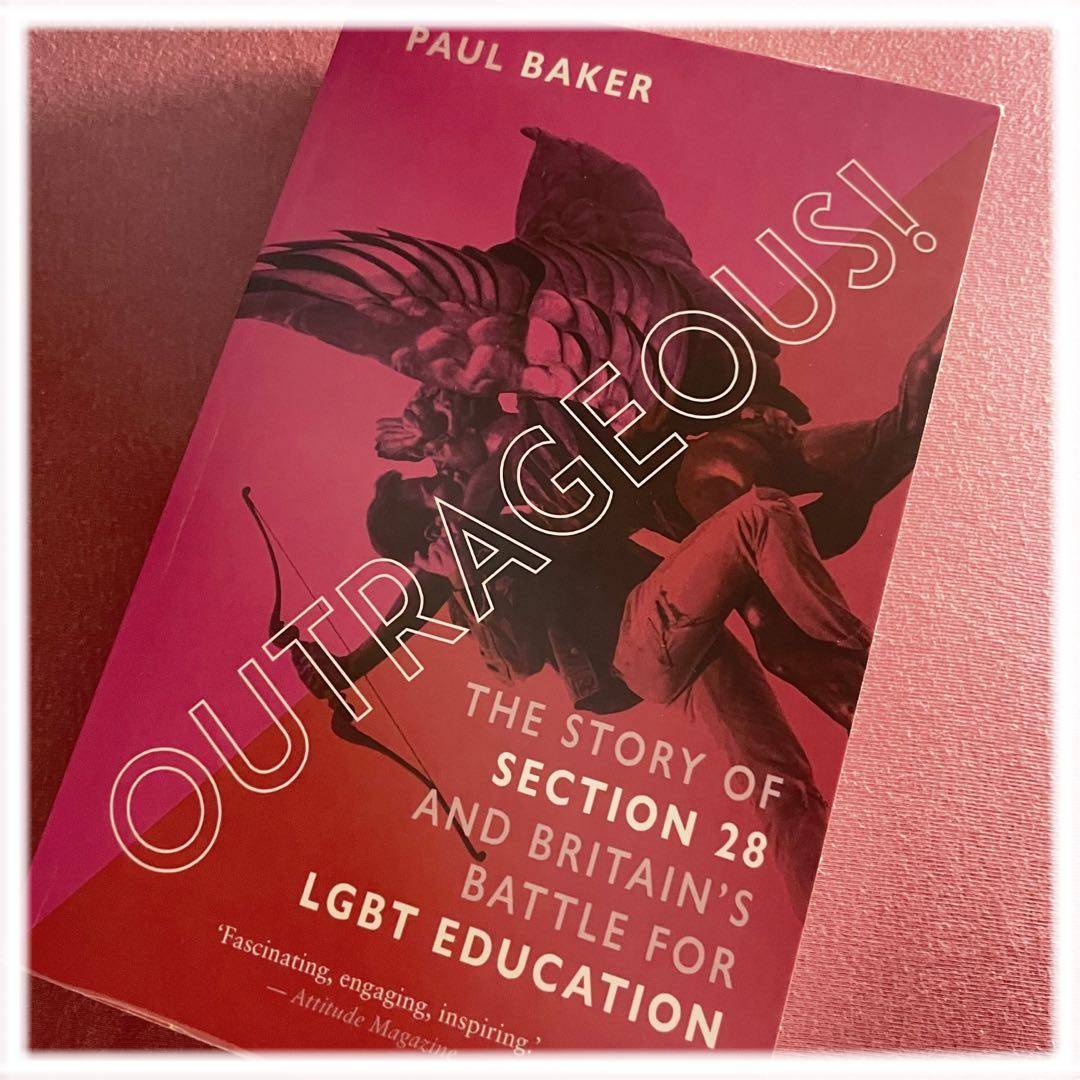


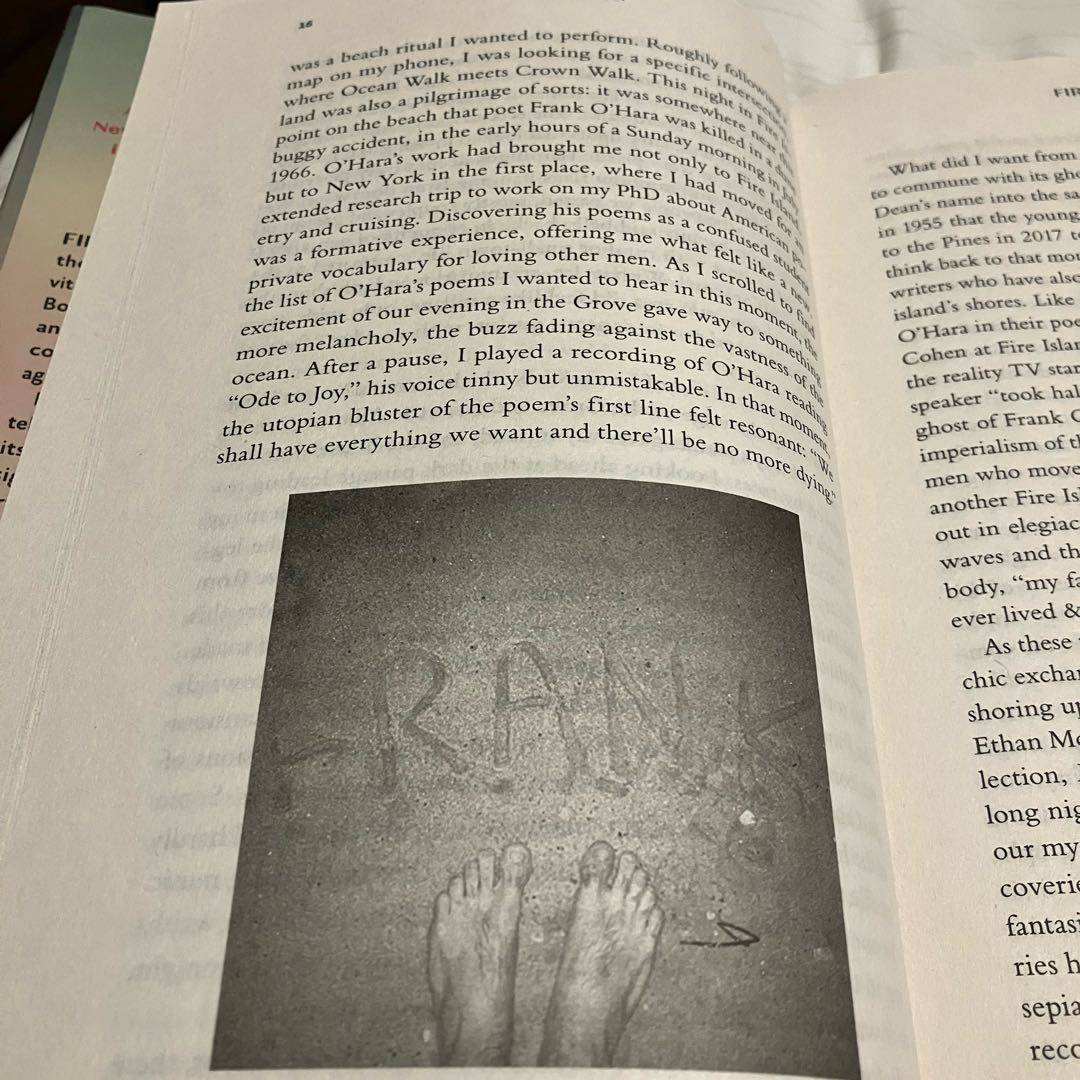

The conclusion gathers the threads of the chapters and brings Gill-Peterson\'s perspective into the 21st century.
Throughout, JGP is at pains to emphasise that concepts of trans femininity are culturally specific and that one perspective cannot, and should not, ⬇️ (edited) 13mo
Naturally, given it\'s subject matter, there are examples of awful transphobia, misogyny, homophobia, racism and colonisation, along with discussion of sex work, drug use, and, briefly, child abuse. (edited) 13mo